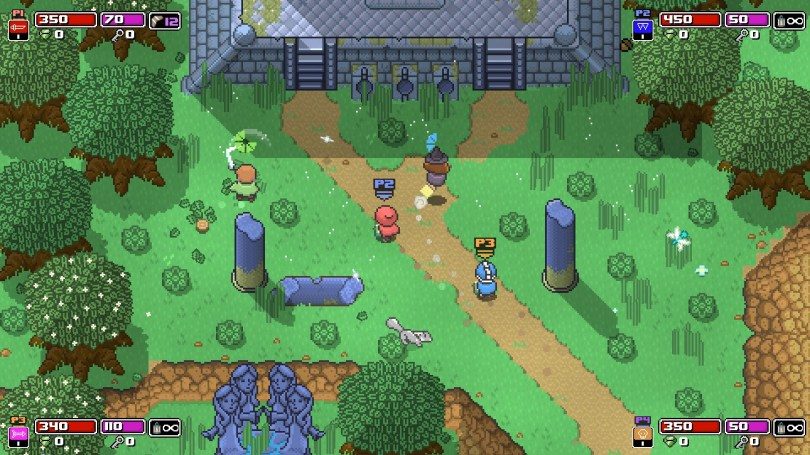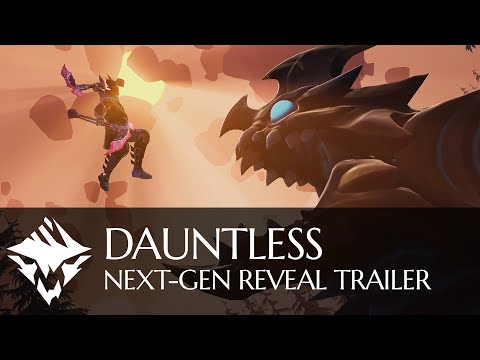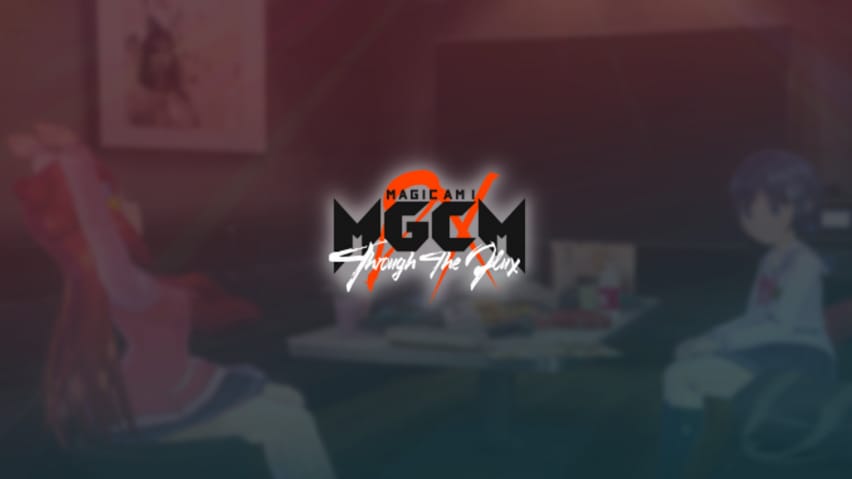Table of Contents
Game: Rogue Heroes: Ruins of Tasos
Platforms: PC, and Nintendo Switch
Genre: Action-Adventure
Developer: Heliocentric Studios
Publisher: Team17
Reviewed on Nintendo Switch
Rogue Heroes: Ruins of Tasos – damn, that’s a mouth full – wears its “inspiration” on its sleeve. I say inspiration, but Rogue Heroes copies so much from classic Legend of Zelda games that it may make you blush. I’m very fond of games like A Link to the Past and Link’s Awakening – dare I say I may even prefer them over their 3D counterparts – but I always feel that with these kind of “homages”, that there’s a fuzzy line between adoration and blatant copying another game.
In almost everything – from its 16-bit esthetics to its level design – you can see where Rogue Heroes took its inspiration from. And it does it well – certainly one of the better “Zelda clones” out there. The question is; what does it add to the formula. Well, for one dungeons are procedurally generated. Every time you attempt to clear a dungeon, the layout changes, making every visit a different experience. Each of the 4 dungeons has 3 floors you need to clear to reach the boss. You can achieve this by finding keys in chests to unlock doors and eventually find the stairs to the next floor. At each floor’s starting point, you can unlock shortcuts with the gems you collected within the dungeon. So you won’t have to start from the beginning when you return to said dungeon later on. On the final floor, you’ll need to find the boss key to unlock the door to the boss room. Beating the boss will net you a new item – think items like a ‘hookshot” – to unlock more of the world. You may also find glass versions of these items within these dungeons. They’ll grant you use of items for which you haven’t found the “real” version yet. They’ll only last you until you leave the dungeon though (hence the “glass” part). Most of this will sound very familiar to anyone who’s played a 2D Zelda game before, and for the most part these procedurally generated dungeons “work”. Work as in you will never get stuck because of a poorly designed dungeon. In fact, you’ll likely won’t even need to clear all the rooms to clear the dungeon, since some are just there to acquire additional gems. Yet, these dungeons do lose some of their charm when compared to their traditional linear counterparts, especially when you see the same rooms appearing over and over again, sometimes even on same floor.
Another feature of Rogue Heroes is that it’s a rogue lite-ish type of game. You’re supposed to die – a lot – in these dungeons every time you do the dungeon resets, and you wake up in your bed at your village. You’ll get to keep any coins or gems you’ve collected, though you’ll lose any glass items you may have acquired – as mentioned before. Coins generally are only used for cosmetics, in particular furniture for your place. They do have more uses within dungeons, either to pay the occasional merchant for supplies or open special chests containing loads of gems. The latter is what really makes the world of Rogue Heroes go around though. With gems, you can expand your village with more housing for new residents and shops, which in turn lets you spend more gems on upgrading your stats or gear. You can also increase the size of your house and build a farm to raise crops. The general flow of the game is to spend your gems after every dungeon run so that you’re better equipped for your next attempt. Do note that while you retain your gems after you die, the dungeon will take most (if not all) of your unspent gems before you enter – which I found out the hard way, sadly. So basically, make sure you spend as much of them as you can before entering a dungeon. Returning to a dungeon is fortunately made easy with a system of warp points, so you’ll never waste too much time getting back to them.
Now I said rogue lite-ish as it isn’t very punishing, considering you have very little risk of losing anything when you die. In fact, as far as difficulty is concerned, this is translated in mostly making enemies tougher – or rather meatier as you go on to challenge other dungeons. So it’s important to keep investing in your character with the gems you’ve accrued. Most of my gems went into my character’s sword attack and health, which proved to be the most effective way to get ahead in this game. In fact, the game can get a bit too easy if you spend enough on these stats, making beating later dungeons and their bosses a breeze. I didn’t really bother with grinding either – it’s pointless anyway since rather than grinding for gems in a dungeon you’ve beaten, it’s actually better to tackle the next one instead. The amount of gems you’ll receive on a run increases exponentially with every dungeon you visit, though so do the cost of your upgrades, of course. I can’t say that by the time I beat the final boss, I was able to max out everything. Yet I didn’t really need to by that point – that’s how overpowered I felt.
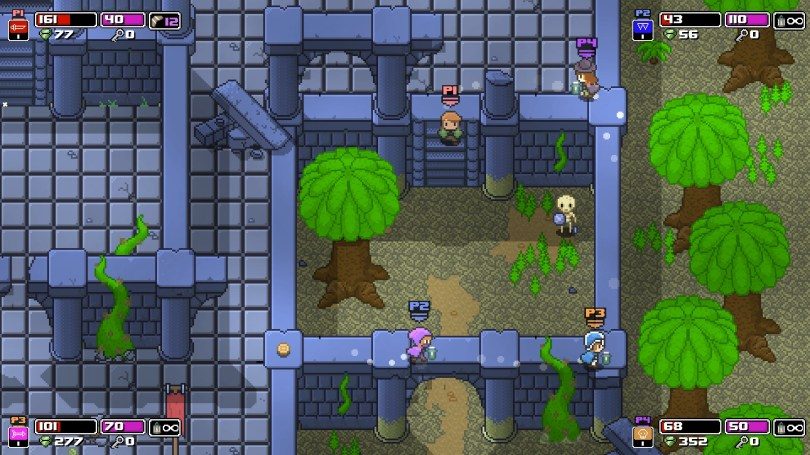
Beyond the main dungeons, there’s a decent-sized overworld to explore, as well as some minor dungeons. The final dungeons is actually an endless dungeon, which basically lets you go dungeon diving as much as you want. I do have to admit that it did throw me a bit for a loop, as I only realized after ending a run that the warp spot to the final boss was right on the first floor. There are a few sidequests as well as plenty of points of exploration – such as cracked walls, x-marked spots to dig up and treasure chests. I did unfortunately only realize near the end of the game that there was an item shop in town where you can buy some crucial items needed for further exploration. Unfortunately, I had explored most of the map by this point, which made finding that one cracked wall I passed by before rather tedious. With so many shops to add to your village, it’s rather easy to overlook one, I guess. Performance-wise I rarely encountered bugs, though I had to install one patch. The only persistent bug I noticed was that occasionally it seemed like my character was moving on top of the map. I couldn’t interact with anything, including enemies, though it resolved itself eventually as I kept moving forward.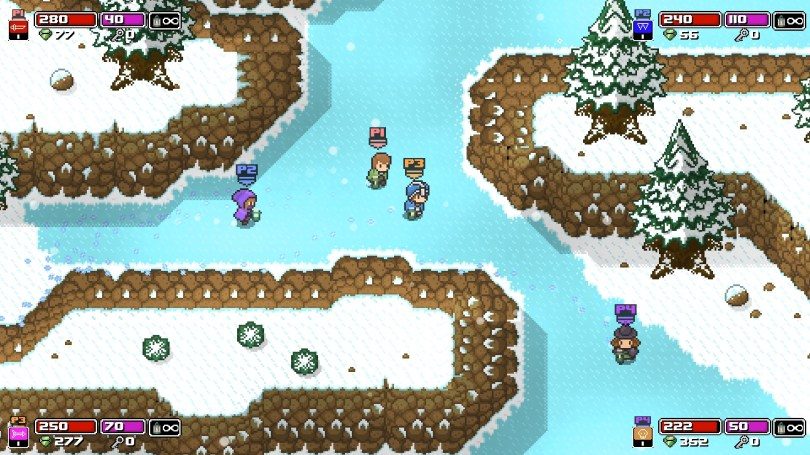
Rogue Heroes certainly has some interesting ideas to add to the Zelda formula – with rogue-like elements, procedurally generated dungeons and different classes. Unfortunately, they all suffer from being somewhat lacking in their execution. It’s all too easy to break the game’s difficulty by upgrading your attack too much, and the classes don’t really do much in terms of adding layers to the gameplay. The worst offender is the procedurally generated dungeon system, though. A dungeon is as much of a character in Zelda games as the actual characters – yet they sorely lack identity in this game. It seems like it has become the unfortunate victim of its game design. Its procedural design not only results in the repetition of rooms but also limits the scope of the dungeon’s puzzles. Except for the occasional “hookshot” pole, I don’t really recall the need for any of the unique items I acquired to conquer a dungeon. That doesn’t mean you won’t encounter a clever puzzle here and there, but don’t be surprised to encounter the exact same not much later. On top of that, there’s not really a story to talk about, and it lacks the charm of the “original” with no real compelling side characters or setting.
If you’re a 2D Zelda fan like me, you’ll probably dig Rogue Heroes. With its familiar 2D graphics, art style and soundtrack, it oozes nostalgia. Yet, it leans a bit too much into the source of its inspiration for my taste. It doesn’t really have an identity of its own, and the things it does do differently are very limited and limiting. Yet there are still some moments – like riding that fish-like creature through the mud – that show it can rival the best in its “genre”. It’s by no means a substitute for the real thing, but it does scratch that particular Zelda itch, I guess- at least for a while.